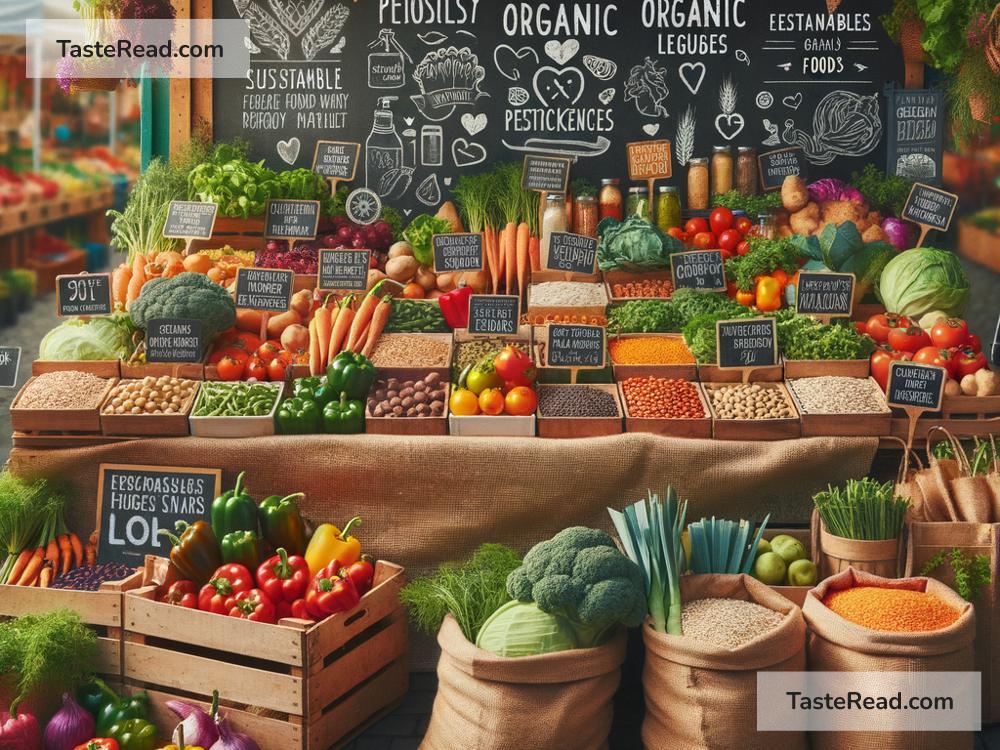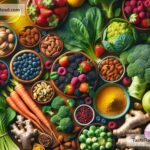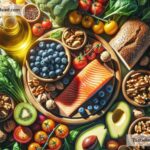Save the Planet with Every Bite: Foods for Reducing Habitat Destruction
We’ve all heard the news: forests are disappearing, rivers are drying up, and many plants and animals are losing their homes. Habitat destruction is one of the biggest environmental problems we face today, but there’s good news. You can help reduce habitat destruction just by choosing the right foods to eat. What you put on your plate matters for the planet! In this blog, we’ll explore simple ways to make eco-friendly food choices that protect wildlife and their habitats.
What is Habitat Destruction?
Habitat destruction happens when humans clear natural areas, like forests, wetlands, and grasslands, to make space for farming, cities, roads, or businesses. When habitats are destroyed, animals lose their homes and food sources, and some species even go extinct. Habitat destruction is a major cause of climate change and biodiversity loss.
One big driver of habitat destruction is agriculture. Farms need land, and large-scale farming often cuts down trees, removes grasslands, or drains wetlands. But don’t worry—your food choices can help reduce the need for habitat destruction.
Why Our Food Choices Matter
The food industry is one of the largest contributors to habitat destruction. Think of the rainforest. In places like the Amazon, vast areas of forest are cut down to grow crops like soybeans or to graze cattle for beef production. This not only harms the wildlife that live there but also releases carbon dioxide into the air and worsens climate change.
It’s important to remember that small choices add up. If millions of people eat foods that cause less damage to nature, we can slow down habitat destruction and help preserve the Earth’s beauty.
6 Foods That Can Help Reduce Habitat Destruction
Here are six simple and planet-friendly food choices that can make a big difference:
1. Plant-Based Proteins
Beans, lentils, chickpeas, and tofu are healthier for the planet than animal-based proteins like beef and pork. Cattle farming is one of the main causes of deforestation. By eating bean tacos or lentil soup, you’re making an eco-friendly choice that supports farmland without destroying forests.
2. Locally-Grown Produce
Buying fruits and vegetables grown near you is good for reducing habitat destruction. When food has to travel far, it often comes from large industrial farms that require lots of space and resources. Farms close to home are typically smaller and cause less damage to ecosystems.
3. Seasonal Vegetables
Eating vegetables that are in season in your area helps reduce the need for importing food from faraway places. Shipping food long distances can lead to more deforestation to build roads or land for farming. Look for squash in the fall, tomatoes in summer, and root vegetables in winter.
4. Organic Foods
Organic farming avoids harmful pesticides and fertilizers that damage plants, animals, and soil. Conventional farming can poison waterways and destroy habitats, but organic farming focuses on working with nature instead of against it. Look for organic labels when shopping; every small step helps.
5. Sustainable Seafood
Overfishing not only harms fish populations but also destroys ocean habitats like coral reefs. To protect marine life, choose seafood that is labeled “sustainable” or “responsibly sourced.” Fish like sardines or mussels are known to be planet-friendly options.
6. Foods Made from Regenerative Farming
Regenerative farming is a method of growing food that actually improves the health of the land instead of hurting it. It can rebuild soil, protect water sources, and even help fight climate change by storing carbon in the soil. Look for products from farms that focus on these eco-friendly practices.
Foods to Avoid
Just like there are foods that help protect habitats, some foods are extra harmful to the environment. Here are a few to watch out for:
- Beef and Pork: Most of the rainforest destruction in South America happens to make land for cattle farming. Reducing beef and pork consumption is one of the biggest ways to help.
- Palm Oil Products: Palm oil is found in many processed foods, like cookies and chips. Palm oil farming destroys rainforests, so try to avoid products with palm oil or choose ones with sustainably sourced palm oil.
- Imported Foods with High Environmental Costs: Some foods, like avocados and almonds, require a lot of water and land to grow, especially when they’re farmed in areas experiencing drought.
Small Changes Make a Big Difference
Switching to foods that protect habitats doesn’t mean you have to change your entire diet overnight. Start small! Try a meatless Monday or replace one beef dish with a bean-based recipe. Shop at your local farmer’s market or pick up organic fruit during your next visit to the store. The more people make these choices, the bigger the impact we can have.
Eating for a Better World
Habitat destruction can seem like an overwhelming problem, but the solution is as close as your kitchen. From plant-based proteins to local and seasonal produce, every bite counts in the fight to protect our planet. By choosing foods that are kind to nature, we’re not just eating healthier—we’re helping wildlife and ensuring future generations will inherit a world filled with thriving ecosystems.
So, the next time you plan a meal, remember: you have the power to save habitats with every bite. Let’s eat for a better world, one plate at a time!


